How Crop Resiliency Can Be Your Strongest Risk Management Tool
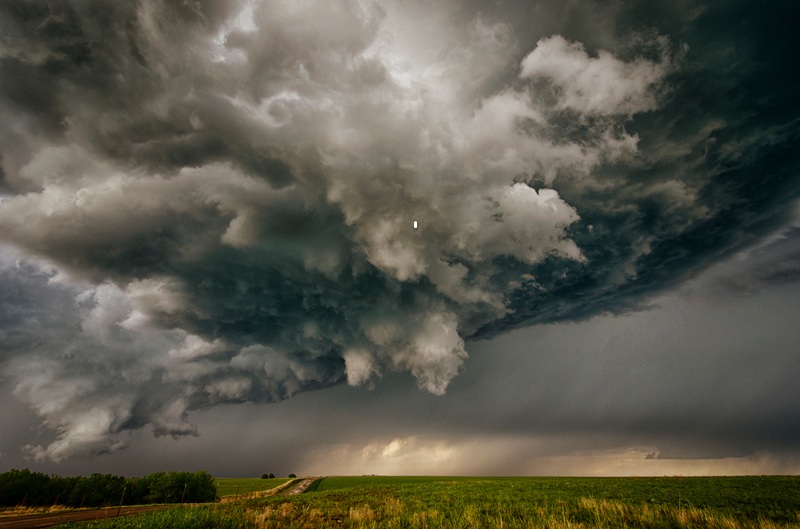
New data shows that farmers working with Advanced Agrilytics experience lower loss risk than national benchmarks. Here’s why that matters more than ever. When spring weather takes a turn—whether it’s delayed planting due to excess rain, or unexpected cold snaps that push back field prep—the effects ripple through the entire growing season. For row crop […]
Implementing a Successful Nitrogen Management Program: Key Strategies for Efficiency and Profitability
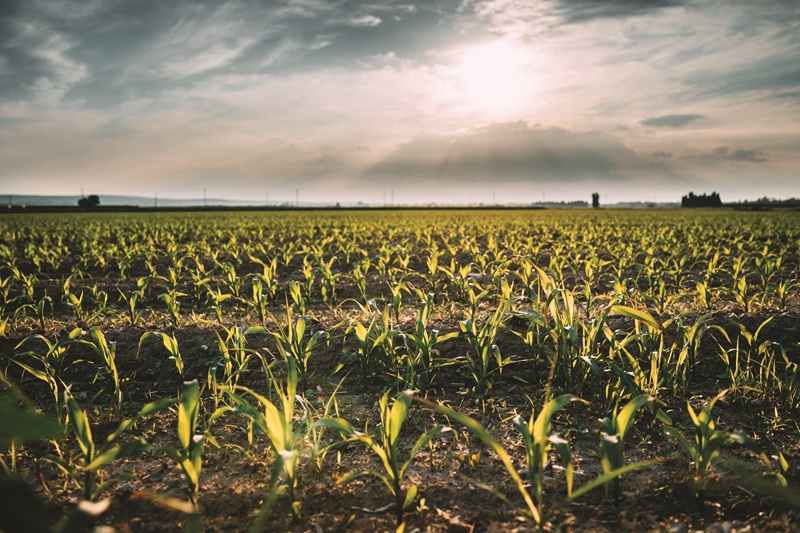
Efficient nitrogen management is critical for maximizing crop yields while minimizing nutrient waste and environmental impact. Old fashioned, “cookie cutter” application approaches inevitably lead to over-application in some areas and under-application in others. A successful nitrogen management program requires flexibility, creativity, and a deep understanding of how various environmental factors in and around the soil […]
Planting with Confidence: 3 Key Risks and How to Navigate them in 2025
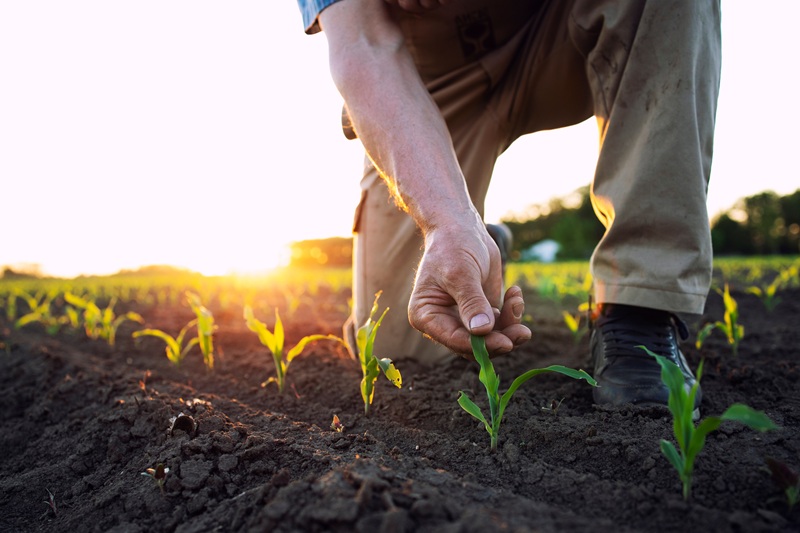
As the 2025 corn and soybean planting season approaches, uncertainty looms over growers across the Corn Belt. Unpredictable spring temperatures, evolving agronomic threats, ever-tightening profit margins and shifting acreage expectations make the timing of planting decisions more critical than ever. Making the “go or wait” decision on when to plant soybeans and corn is a […]
Predictive Agronomy Offers a Path to Greater Crop Resilience
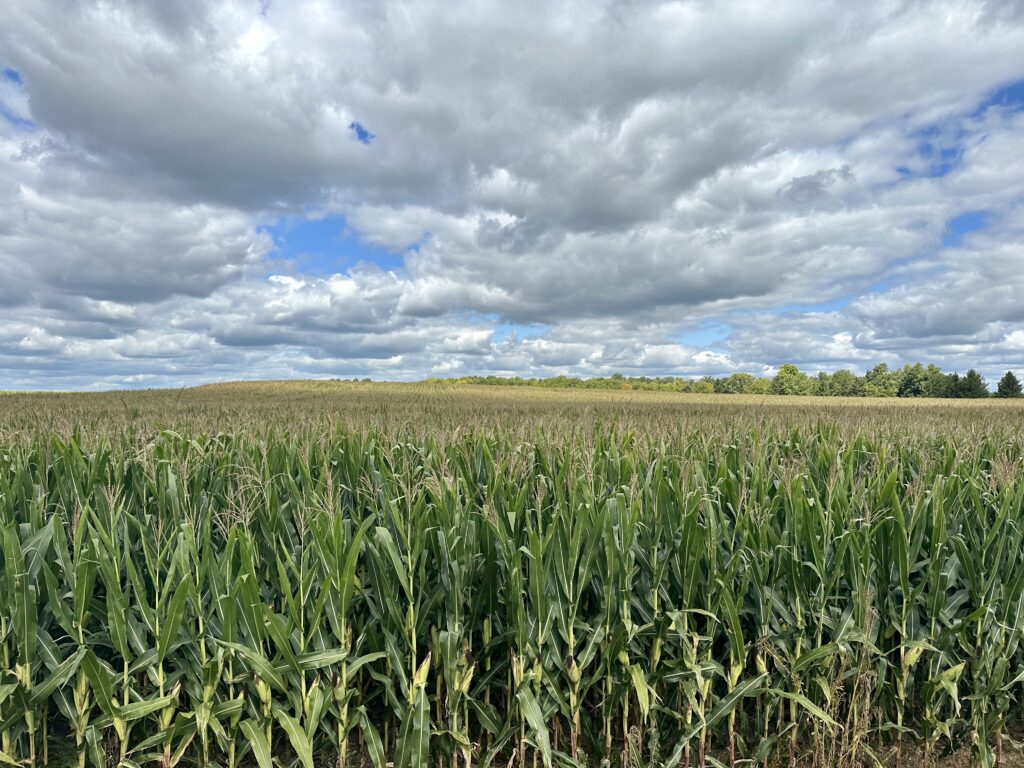
By Dr. Kess Berg, Chief Innovation Officer, Advanced Agrilytics As the 2025 planting season approaches, producers across the Corn Belt prepare to face the annual battle with the one major factor in crop production they can’t control – Mother Nature. From waterlogged fields to unexpected droughts, the season’s success often hinges on how well a […]
Customer Conversations: Albert O’Connor

Near the town of Columbus, Indiana – noted for its collection of modern architecture – you’ll find Albert O’Connor’s farm. Albert, along with wife Kim and son Jake, farm approximately 2,500 acres of corn, soybeans and seed corn, and run a small herd of Simmental and Angus cattle – most of them destined to shine […]
Beyond Relief: Building Farm Resilience When Prices Are Low

The U.S. Department of Agriculture (USDA) recently announced that applications are now open for $10 billion in economic assistance to farmers impacted by low commodity prices, according to a recent article by Agriculture.com. While this relief may provide temporary support, the real challenge remains: how to build resilient operations that don’t just survive downturns but […]
Impatience During Spring Tillage Can be a Costly Mistake
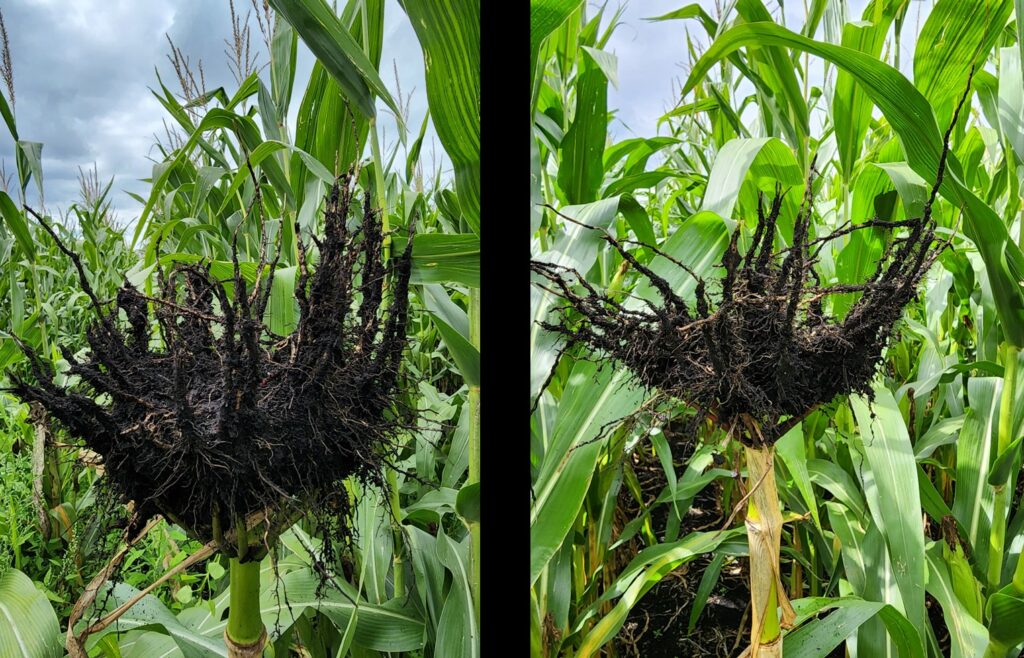
Spring tillage season is almost upon us. And so starts the annual crunch that is corn and soybean planting time. Over the years, most farms have gotten larger and larger, but the number of days to work the fields hasn’t changed. So the pressure on growers to start spring field work earlier and earlier intensifies, […]
N, P and K Critical at Planting — but Don’t Forget Sulfur
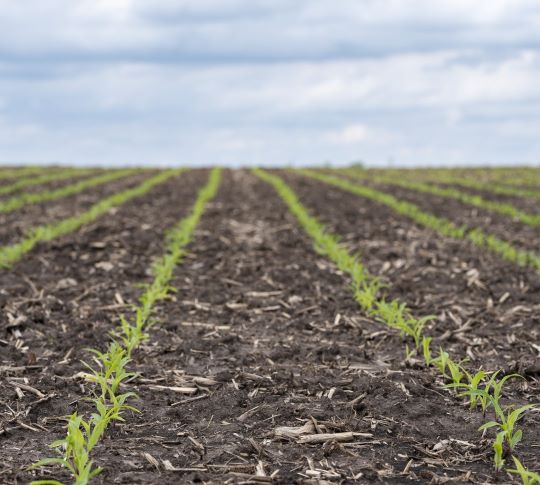
Starter fertilizer application and critical inputs like nitrogen, phosphorus and potassium are always common topics of conversation this time of year. Kent Klingbeil, a lead agronomist with Advanced Agrilytics, would also include another nutrient on that list: sulfur.
Decisions, Decisions: Growers Face Many as Planting Rolls On
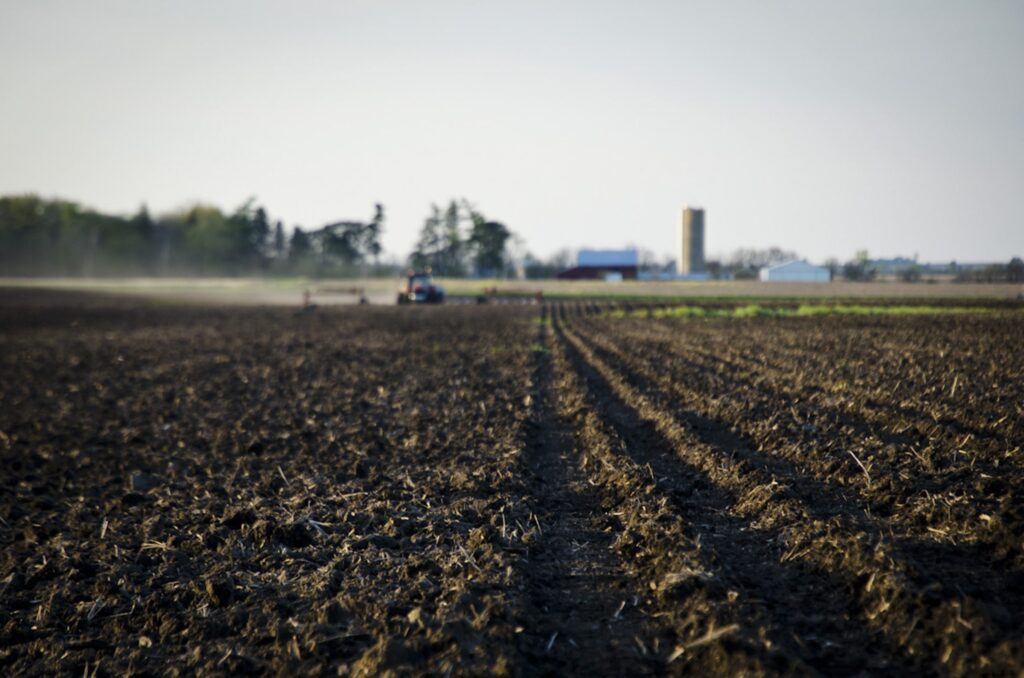
Pull the planter out of the shed, fill the planter boxes and start putting seed in the ground. That’s all there is to it, right? No, and especially not this year with so many variables at play, says Aaron Gault, lead agronomist for Advanced Agrilytics.
Not only has a wet, cool spring presented challenging field conditions, but also input availability, cost, and wild swings in commodity prices have given growers a lot more to think about.
“Even before we dive into the prescriptive side of managing the crop it’s going to be about the planter and planter maintenance that we need to focus on,” Gault says. “A key part of that is making sure we have even emergence. And when you think of everything that affects that emerging seedling it goes back to how it is set into the trench. Are all the seeds planted at a consistent depth and are they all planted into moisture?”
The Race to Crop Canopy
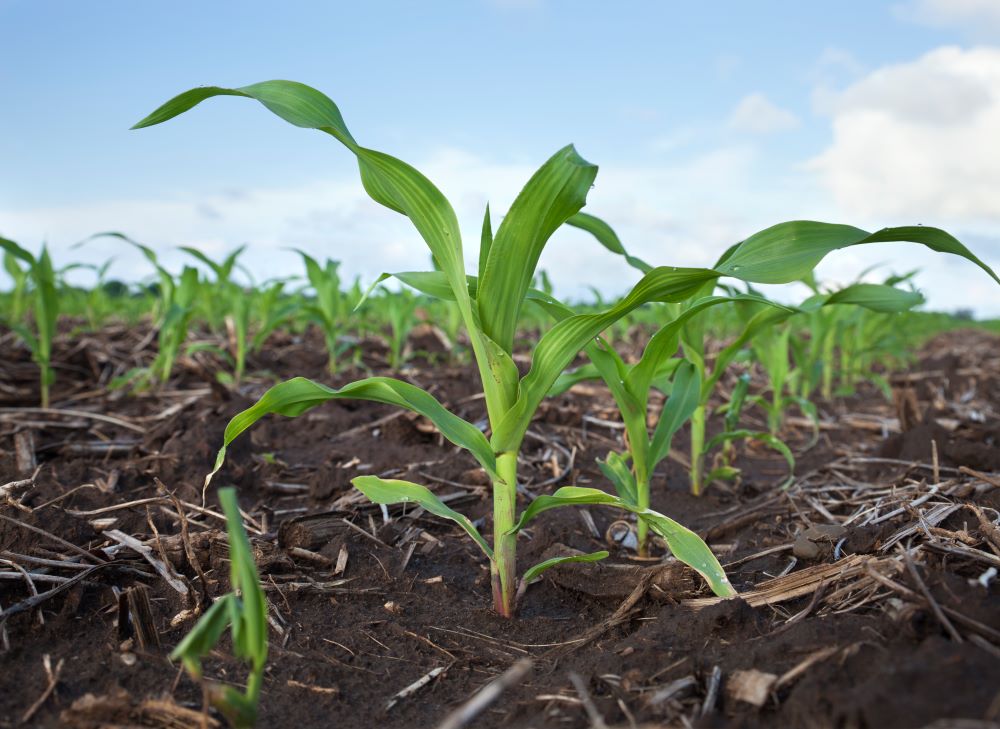
For most growers, the success of a season is determined with the combine passes that tell us final yield. While this measurement has the most direct and tangible impact to a operation’s bottom line, how does each grower decide throughout the growing season if they are “on track” for their yield expectation or whether other measures should be taken? Most of us have important times during the growing season to assess the crop which most often occur at emergence where we assess stand establishment signifying a strong start and during or immediately after pollination to determine yield potential for the remainder of the year. These are key milestones, but another that seems to garner less attention is crop canopy.